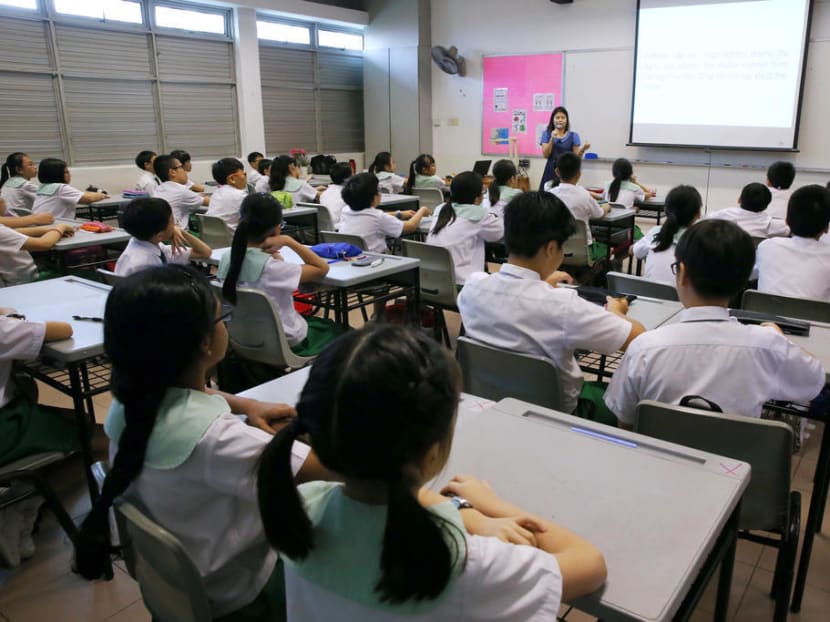To prevent suicides, release more data on students receiving help in schools
I refer to Education Minister Ong Ye Kung’s reply in Parliament on Feb 3 to Nominated Member of Parliament Anthea Ong’s question about student suicides.

To tackle youth suicides, the writer says having more data to understand the nature of suicide and its trends will help tackle the problem at its root.
I refer to Education Minister Ong Ye Kung’s reply in Parliament on Feb 3 to Nominated Member of Parliament Anthea Ong’s question about student suicides.
Ms Ong had asked for the number of students who attempted or died by suicide, or suffered self-harm, and how many among them saw school counsellors or were referred to mental health professionals, for instance.
In his reply, Mr Ong said he was not sure if it was useful to provide all the data that Ms Ong requested. He noted that releasing the data could result in other implications, such as raising suicide risk among vulnerable youth.
The minister then cited the incidence of suicides among young people aged 10 to 19 (4.4 per 100,000 youth in 2018, for example) in saying that Singapore’s suicide numbers are not high by international standards.
Even so, it does not matter to a bereaved parent whether our nation’s suicide numbers are not high by any international yardstick. To a parent who has lost a child, one suicide is too many.
It is important for the Ministry of Education to periodically release figures on students who are seeing school counsellors, their primary reasons for doing so, and those who are referred to mental health professionals — broken down into the types of services received and the institutions where they are getting help.
While Mr Ong said his ministry treats information related to student counselling in confidence, having this information in the public domain will help policymakers, healthcare professionals, educators, parents and students understand the potential scale of the problem and work on prevention.
As we remember the lives lost through suicide, we must work tirelessly to prevent the next tragedy.
The launch of the PleaseStay movement last year has gone a long way towards breaking the uneasy silence surrounding suicide. It has also sparked many conversations within our communities.
In 2017, elderly suicides reached an all-time high and there continues to be a prevalence of suicide in older adults aged 50 and above. We must pay closer attention to the problem, and devote a similar amount of resources to understanding and tackling elderly suicides.
Every life matters. The more empirical data we have to understand the nature of suicide and its trends, the better we can tackle the causes rather than deal with the symptoms.
Releasing information on suicide regularly is key to fostering quality dialogues, and creating a more resilient and empathetic society that embraces the value of every life.
Suicide is a personal and national tragedy. Our policymakers must make “zero suicide” among our teenagers a national priority.
Have views on this issue or a news topic you care about? Send your letter to voices [at] mediacorp.com.sg with your full name, address and phone number.









